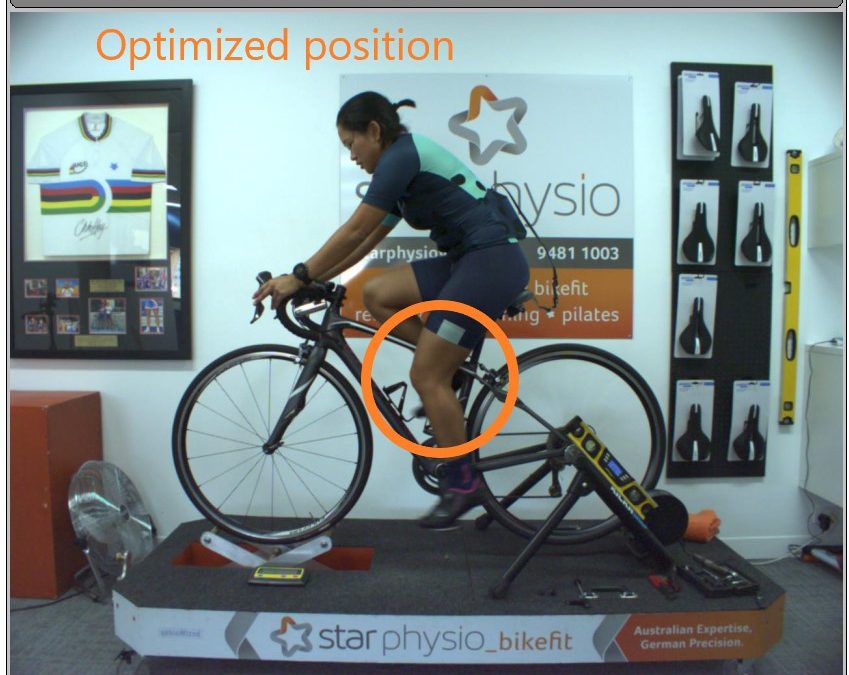Bikefit Review using Gebiomized Technology
Star Physio Ruth Chang is an experienced physiotherapist and accomplished endurance triathlete, coaching and competing with GK Endurance. After having a “professional bikefit” using a Retul system, she was told she was in the right position, but felt that there was something not right. Ruth was slipping on to the front of the saddle and getting saddle pain, as well as hand numbness and shoulder discomfort. She also felt that she was unable to put power down into the pedals.
Ruth took advantage of being part of the Star Physio Team and asked expert physio and bikefit professional Dan Davis to review her position.
Initial Findings – High Speed Motion Analysis
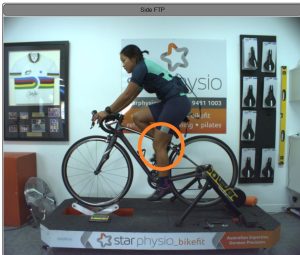
Visually Ruth immediately appeared too high, with an inability to push through the bottom of the pedal stroke. At Star Physio, we no longer measure knee angles because measurement has not only been shown to be inaccurate, but there is also no “magical” knee angle that either predicts performance nor injury risk. Further research has shown that using knee angles to set saddle height such as in Retul, BG Fit and Specialized Bikefit Systems, there is a tendency to set the saddle too high. This is something we often see in the clinic, particularly when we are performing a refit from one of these systems.
Initial Findings – Saddle Pressure and Stability Analysis
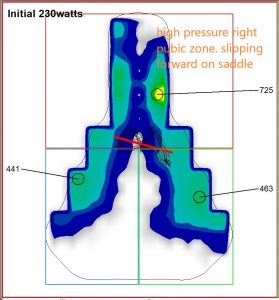
The Gebiomized bikefit system, as used by the best triathletes and cyclists in the world, including Patrick Lange, Jan Frodeno, Team Ineos (Formerly Team Sky) and more, uses highly accurate analysis of movement and pressure at the saddle. We could see in Ruth’s initial position that she was loading heavily in the right pubic zone, causing discomfort, as well as sitting mainly on the nose of the saddle, with the centre of mass (red line) forward of the ‘T’. The diagonal red line is also highly suggestive of a high saddle position.
Optimizing Bikefit and Saddle Position.
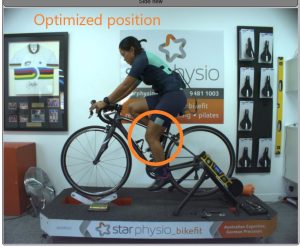
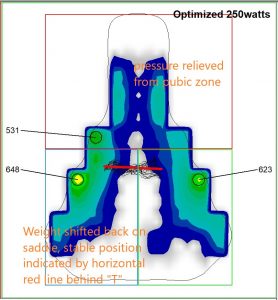
Dan Davis was surprised to find that he needed to drop the saddle by 25mm to find Ruth’s most stable position, among other modifications. Immediately Ruth’s power went up and for the same effort, power was increased 20 watts. You can see in the pics the increased knee bend at the bottom of the pedal stroke, and on the saddle map the pressure relieved in the pubic zone, weight shifted back and the horizontal rather than diagonal centre of mass indicating a great saddle height.
So, the moral of the story, don’t assume that just because you have paid for a fit, that you are in the right position. Up until 6 years ago, Star Physio also used knee angles and the also disproven KOPS method for saddle positioning because we had no better alternative. Now we do, and we are excited to be able to offer it to Perth cyclists and triathletes in the Star Physio West Perth Office.
For more info, go to https://starphysiowa.com.au/bikefit/
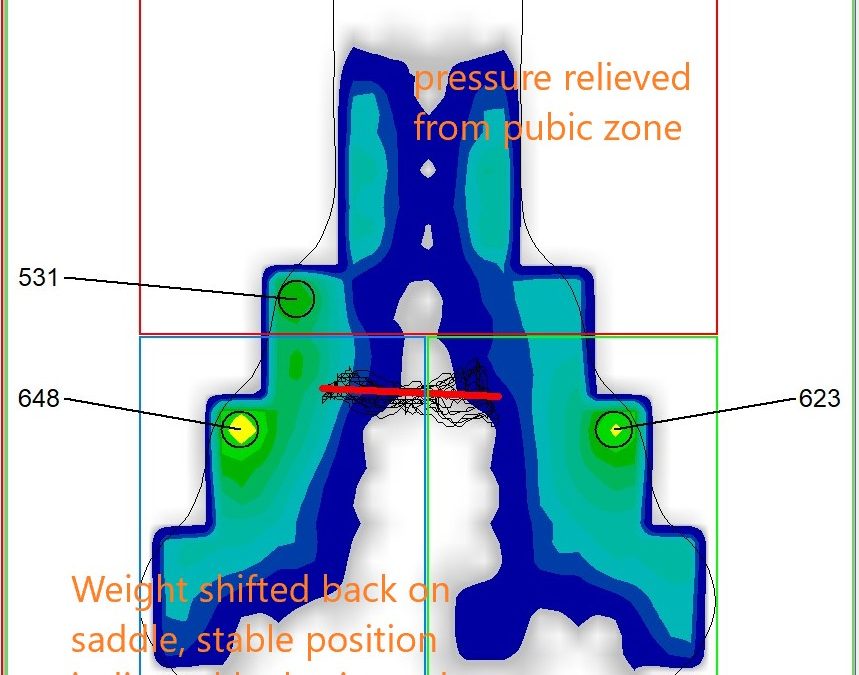
Don’t Neglect Your Indoor Cycling Position!
Bikefit for your indoor trainer bike! In the uncertain environment we currently live, courtesy of COVID-19, our freedom of movement is likely to be compromised at some stage, and that stage is likely to be sooner rather than later. What that looks like in...
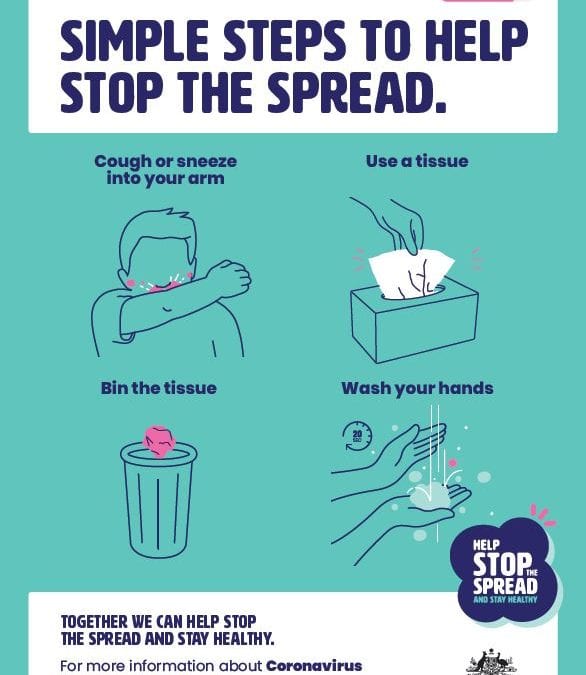
Updated Protocols around COVID-19
We're being extra vigilant for your health and safety Firstly, we'd like to reassure all of you that as a team of health professionals, hygiene and cleanliness is always a top priority for us. However, we're taking extra precautions along with our regular...

Telehealth and Remote Access Physiotherapy Care
Star Physio Telehealth and Online Physiotherapy As industry leaders, and with some of the most highly regarded physiotherapists in the world on our staff, Star Physio have been providing remote access, online or telehealth physiotherapy for many years with great...
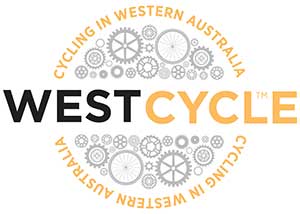
$100 off bikefit and a free $95 massage for Dams Challenge Riders!
It’s not too late to get your pain under control!!! Star Physio are experts in cycling injury and pain prevention and management through our expert physiotherapy and bikefit technology. 3 weeks out from the Iconic West Cycle Dams Challenge, hopefully you...

